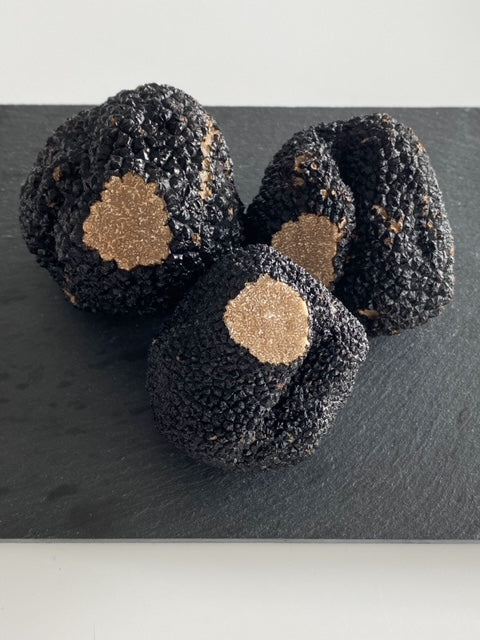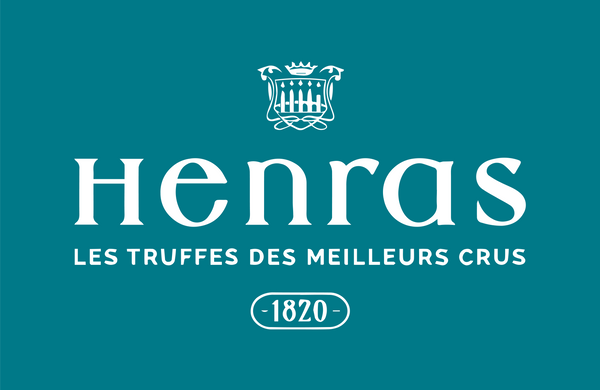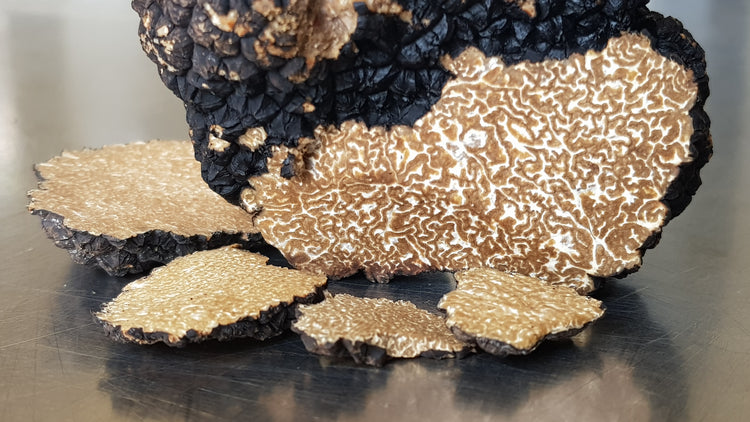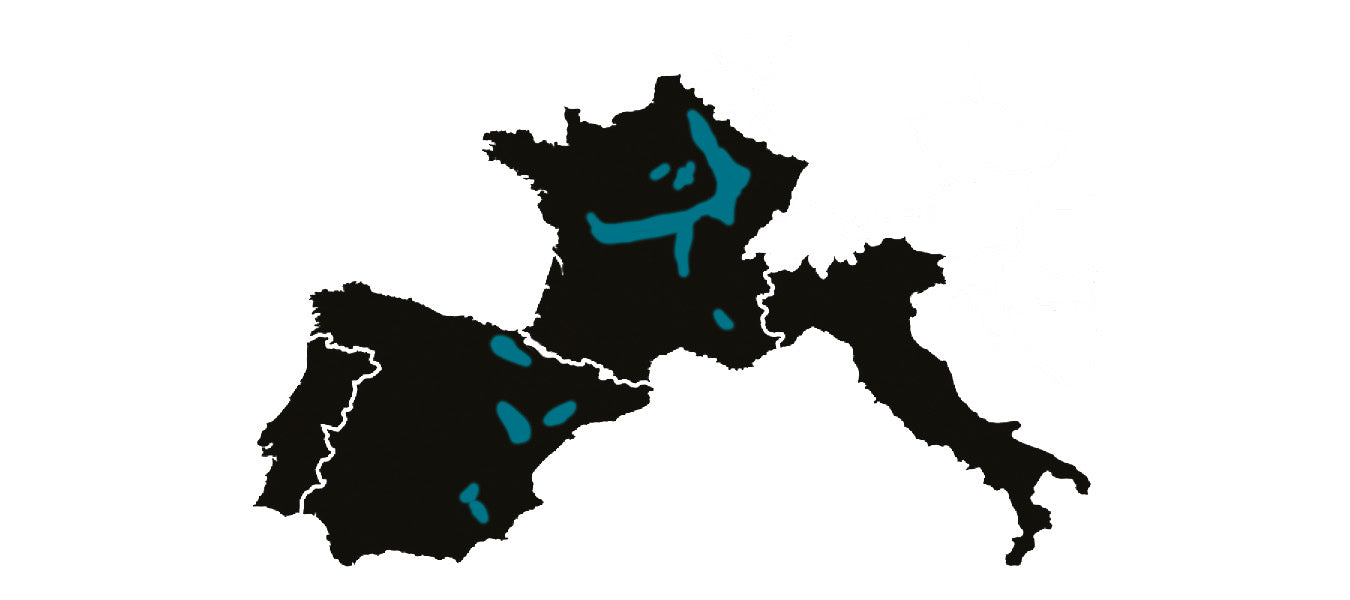-
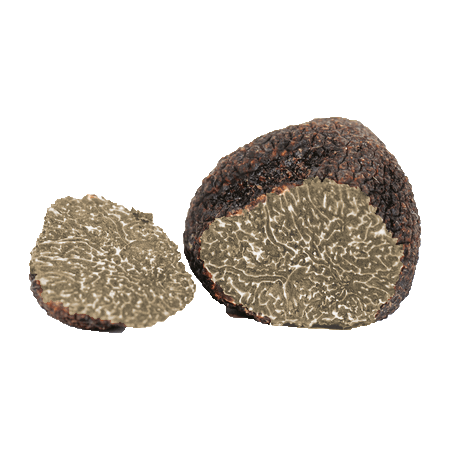 Sold out
Sold out
-
 SECURE PAYMENT
SECURE PAYMENTPay your order securely by credit card and Paypal
-
 FREE DELIVERY
FREE DELIVERYFrom 60€ of purchase, your delivery is free!
-
 CUSTOMER SERVICE
CUSTOMER SERVICEMonday to Friday from 9 a.m. to 5 p.m. on 05 31 60 02 11 (non-surcharged call)
-
 EXPRESS DELIVERY
EXPRESS DELIVERYVacuum-packed truffles + ice pack
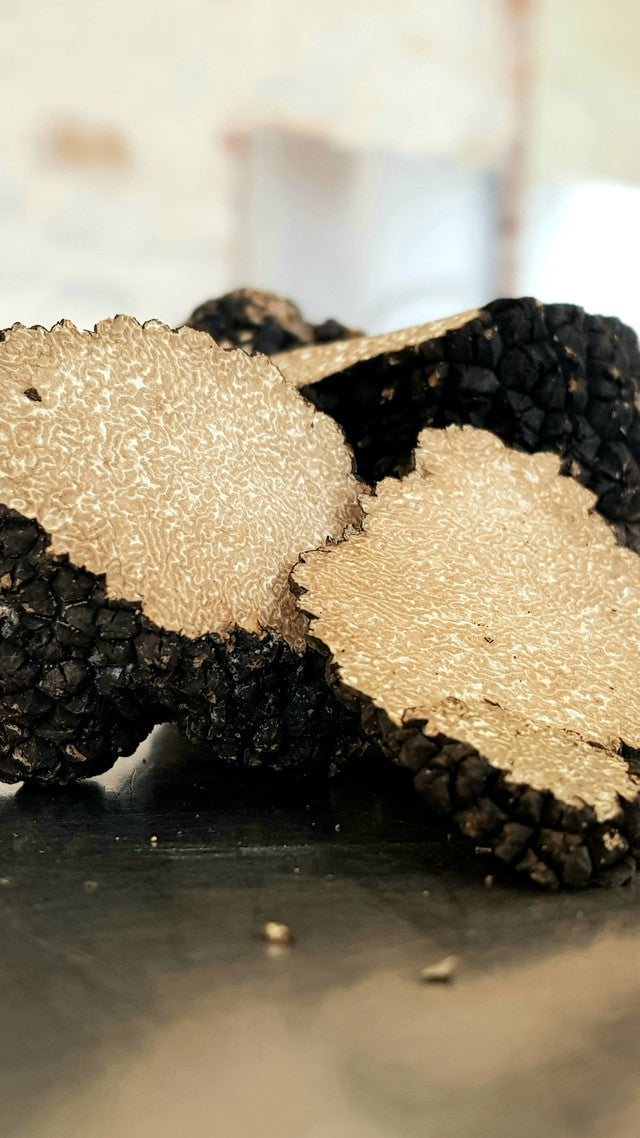
THE TUBER UNCINATUM
HIS CHARACTERISTICS
Until the Renaissance, only Burgundy truffles were served on the tables of the kings of France. The Tuber Melanosporum arrived later, under the reign of François 1er.
The Burgundy truffle is to be distinguished from the Tuber Aestivum. The harvest periods are different; the summer truffle comes before the Burgundy truffle. Their external appearance and their flesh are also different: The flesh of the Tuber Uncinatum is darker than that of the Aestivum.
A mature Burgundy truffle ( Tuber Aestivum var Uncinatum ) is decidedly black on the outside. Its peridium, that is to say the skin, is warty while its gleba, the flesh, is light brown marked by more or less dense white veins. Its aroma is characterized by a note of sulfur and undergrowth. Its very subtle taste is reminiscent of hazelnut.
The taste intensity of these two varieties is very low; although that of the Burgundy truffle is slightly stronger than that of the summer truffle: the latter being consumed when ripe.
IN WHICH REGION ARE THE BURGUNDY TRUFFLES FOUND?
Here again it differs from the summer truffle. The Tuber Uncinatum fears high summer heat, which is why it grows in less hot areas, at higher altitudes. It is mainly grown in Italy, in Eastern countries and a tiny part of the total production is made in France.
It grows harmoniously with oak, hornbeam, hazel, cedar, pine and beech. A perfect symbiosis with these essences helps it grow and develop its main organoleptic qualities. It is not very demanding in terms of soil, but nevertheless has a preference for well-drained alkaline soils with an exchangeable calcium rate of around 10 to 15% and a high clay content. Ideally the soil will be fertile, loamy and organic.
THE HARVEST
Cavage with the pig is an ancestral practice. Nowadays, truffle growers specially train dogs to recognize the scent of truffles.
Another technique for detecting truffles: the mark technique
Caveurs have the ability to spot surface truffles by simply scanning the ground. Generally, a fungus hides under soil that looks burnt and on which no vegetation grows. Protrusions or a crack in the earth are also clues that indicate the presence of a truffle.
TRUFFLE SEASON
The harvest of the Burgundy truffle generally extends from mid-September to the end of December, a period during which it is very fresh and has reached maturity.
A quality truffle is very firm, with the flesh marbled in a homogeneous way. The buyer can make sure of this by considering the canified part. Finally, its perfume must be frank, without suspicious smell.
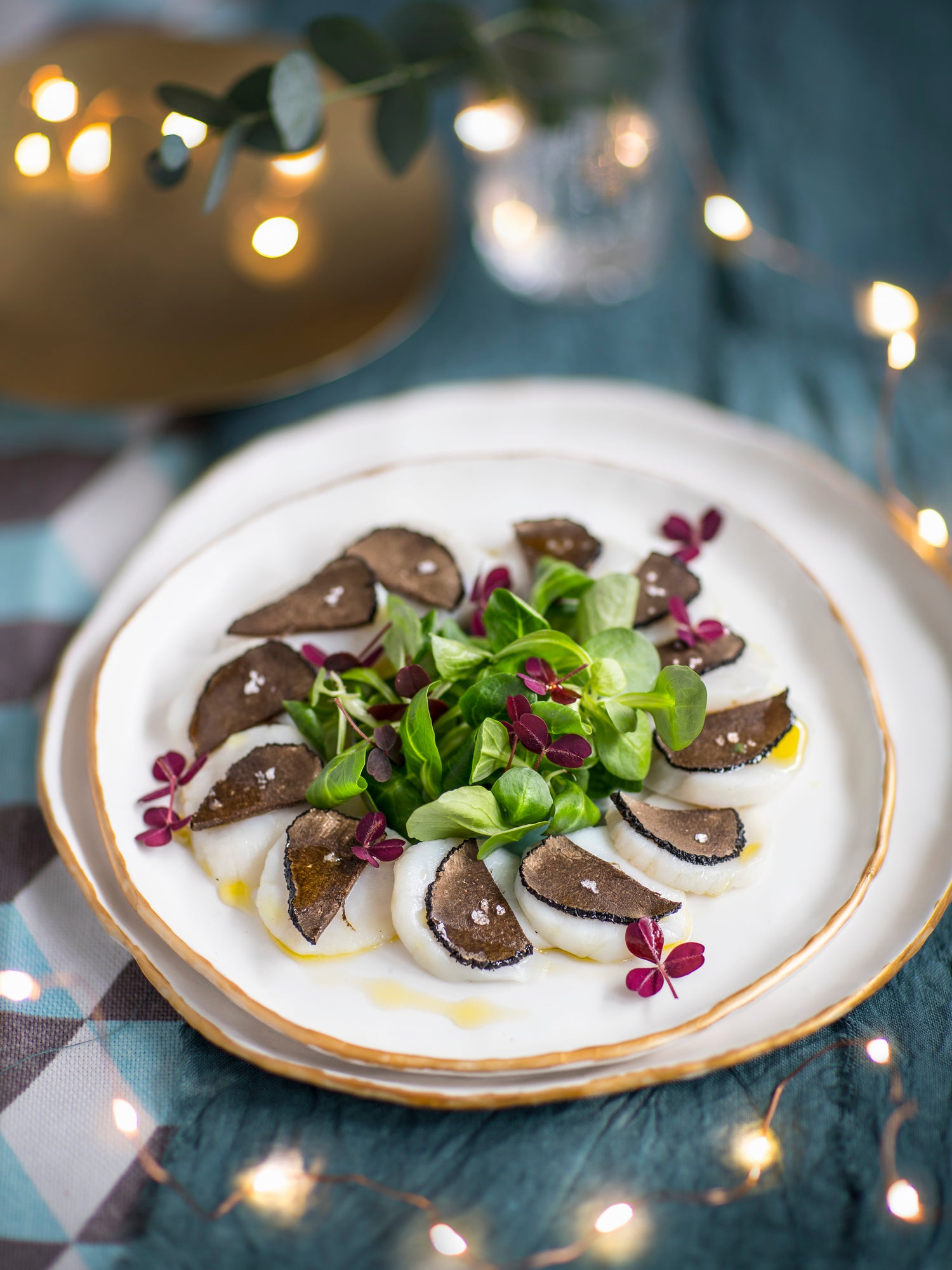
THE TUBER AESTIVUM VAR UNCINATUM IN THE KITCHEN
A DELICATE TASTE
The flavors of Tuber Aestivum var Uncinatum are very subtle. Its taste is rather light, even if a little more pronounced than that of the summer truffle. In general, due to its fleeting and volatile aroma, it should be consumed quickly after digging.
In the kitchen, it is therefore recommended to eat Burgundy truffles, raw or very lightly cooked.
The truffle omelet is a great classic appreciated by gourmets. Here, simple eggs and a truffle create a delicious dish. Simply sprinkle the omelet with truffle shavings while it is still runny, fold it and eat it immediately.
It is also the ingredient of choice for revisiting or bringing originality to classic recipes such as gratin dauphinois.
Finally, the Champagne truffle will be ideally accompanied by a red Burgundy wine whose bouquet will come closest to its aroma.
The Burgundy truffle , also called Tuber Aestivum Var Uncinatum, is a truffle that was once served at the tables of the kings of France. Possessing very subtle flavors and a rather light taste, it is preferable to consume it quickly after harvesting. The Burgundy truffle should be distinguished from the Tuber Aestivum, known as summer truffle.
COMPLEMENTARY QUESTIONS
Where does the Burgundy truffle grow?
The Burgundy truffle grows mainly in Europe. As its name suggests, it can be found in the Center-East of France, in areas with a cooler climate and at higher altitudes such as Burgundy, Champagne, Lorraine or even Alsace. Tuber Uncinatum is also cultivated in Italy, Spain and Bulgaria.
Characteristics of the Burgundy truffle
The Burgundy truffle is an autumn truffle , the latter will be harvested from mid-September to the end of January. It is to be distinguished from Tuber Aestivum because it has a much more intense taste reminiscent of hazelnut. When ripe, this truffle has a peridium, its skin, warty, of a beautiful and intense black color. Its flesh, also called gleba, is light brown decorated with more or less dense white veins. Burgundy truffles have a characteristic aroma with notes of sulfur and undergrowth.
How to produce Burgundy truffles?
To produce Burgundy truffles, climatic conditions and soil quality must be met. Tuber Uncinatum particularly likes relatively cool and shaded areas with balanced and draining soil. Once all these conditions are met, you can plant your truffle trees .
Soils and climates suitable for growing Burgundy truffles
Tuber Aestivum Var Uncinatum is a truffle that is significantly less demanding than its counterparts in terms of soil quality. Indeed, it will develop perfectly in all types of balanced and draining soils as long as they are limestone, with a calcium level around 10 to 15%. Additionally, the soil pH should be between 6.5 and 7.5. Regarding the climate, the Burgundy truffle does not particularly require heat, on the contrary, it prefers cool areas at altitude.
In which regions are Burgundy truffles grown?
Burgundy truffles are grown in relatively cool and high altitude regions such as Burgundy, Alsace and Champagne-Ardenne in France. However, this autumn truffle is also and mainly cultivated outside our territory. Indeed, we can find it in Spain, Switzerland or even in Eastern countries such as Bulgaria.
Which tree to plant to have Burgundy truffles?
The Burgundy truffle generally grows at a depth of around 10 to 20 cm underground, under truffle trees. The latter does particularly well at the foot of pedunculate or hairy oaks, but it is also possible to cultivate Burgundy truffles by combining other types of trees such as hazel, pine, lime or even hornbeam, all favorable to its optimal development. In addition, it is essential to verify that the truffle tree has previously been mycorrhized by Tuber Uncinatum to guarantee successful growth of these truffles.
How much does a Burgundy truffle tree cost?
The cost of a tree intended for growing Burgundy truffles is slightly more affordable than that of trees intended for growing Tuber Melanosporum. Its price generally varies between 15 and 30 euros per unit, depending on the species of tree chosen (oak, linden, hazel, pine, hornbeam, etc.) as well as its age. It is important to note that planting a truffle tree does not guarantee a truffle harvest.
What should you avoid when growing T.uncinatum?
To cultivate Tuber Uncinatum, known as Burgundy truffle, it is recommended to choose areas that are not too hot, because this variety of truffle fears excessive and prolonged exposure to the sun. In addition, it is important to avoid growing it in regions prone to periods of drought, as it cannot tolerate a lack of water, especially during the summer period. It is also preferable not to grow it in soils that are too clayey.
